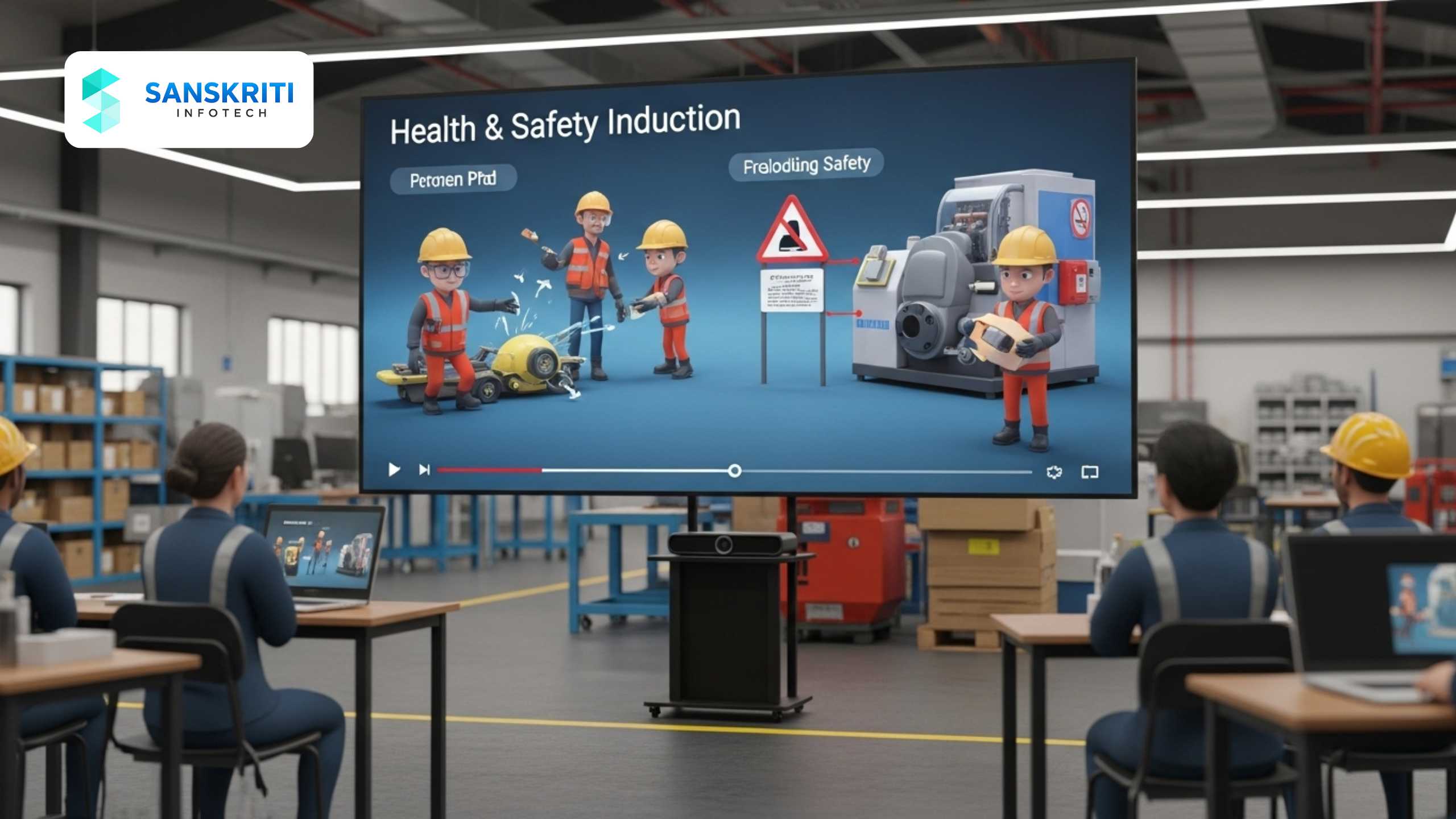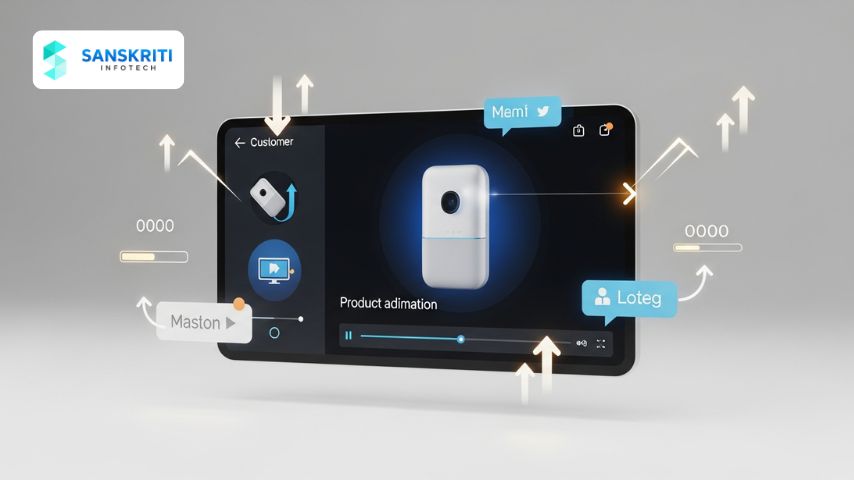Table of Contents
Introduction
In today’s fast-paced industrial environments, workplace accidents remain a persistent challenge. Despite strict regulations, many incidents stem from inadequate or ineffective induction processes. Health and safety induction is not just a formality—it’s the first line of defense against workplace hazards. As industries evolve, so too must their methods of communication. That’s where 3D animated health and safety inductions come in.
These visual tools are transforming how companies onboard employees, communicate site-specific risks, and instill a culture of safety from day one. In this blog, we’ll explore how animated safety inductions can prevent workplace accidents more effectively than traditional training formats.
What is a Health and Safety Induction?
A health and safety induction introduces new workers to the workplace’s safety practices, policies, equipment, and emergency protocols. It covers site-specific risks, PPE usage, access control, evacuation plans, and reporting procedures. A strong induction helps new hires understand their responsibilities and know what to do in emergencies.
But traditional methods—paper manuals, static slideshows, or long verbal briefings—often fail to grab attention or encourage retention.
Why Traditional Inductions Often Fall Short
While necessary, traditional safety inductions often face challenges such as:
– Information overload in the first few hours
– Poor engagement due to passive formats
– Inconsistent delivery by different trainers
– Language and literacy barriers
– Lack of real-world context for critical safety information
The result? Workers forget key protocols, misunderstand risks, or don’t feel empowered to act safely.
The Rise of Animated Health & Safety Inductions
3D animated induction videos offer a fresh, effective way to communicate safety information. These videos use immersive visual storytelling, animated walkthroughs, and voiceovers to explain complex scenarios in simple, engaging formats.
Key benefits include:
– Higher attention span and engagement
– Stronger retention through visual learning
– Ability to show actual site conditions and hazards
– Multilingual support with subtitles and voiceovers
– Consistent training delivery across departments and shifts
How Animation Prevents Accidents: Real-World Scenarios
1. Forklift Collisions in Warehouses
Animated scenes can show high-risk forklift routes and demonstrate blind-spot hazards visually—something slides or manuals cannot achieve effectively.
2. Confined Space Hazards in Manufacturing
3D walkthroughs can teach how to test air quality and use PPE before entry, preventing oxygen-deprivation-related incidents.
3. Evacuation Procedures in High-Rise Facilities
Animations can show building layouts, exit routes, and fire assembly points with clarity, helping reduce confusion during real emergencies.
Enhancing Safety Culture with Animation
An animated induction is more than just a compliance exercise—it sets the tone for a company’s safety culture. When employees see that safety is communicated clearly and professionally, they are more likely to:
– Take safety protocols seriously
– Report unsafe behaviors and near misses
– Follow emergency procedures correctly
Visual storytelling builds emotional connection and cognitive clarity, motivating workers to internalize safety values.
Scalability and Consistency Across the Workforce
Whether onboarding 10 or 1,000 workers, 3D animated inductions allow companies to:
– Train everyone consistently, regardless of location
– Onboard contractors and vendors quickly
– Reduce training costs over time
– Meet audit and documentation requirements
The animated video can be integrated into any Learning Management System (LMS) and translated into multiple languages for global teams.
Case Study: Reducing Incidents Through Animation
A chemical plant in Gujarat switched from in-person safety briefings to animated health and safety inductions. Within 3 months:
– Reported near misses dropped by 35%
– Employee engagement scores rose by 22%
– Training completion time was reduced by 50%
Workers reported that the visual format helped them remember evacuation routes, PPE usage, and machinery SOPs more clearly.
Blended Learning: Combining Animation with Practical Training
While animation is powerful, combining it with hands-on sessions can maximize impact. The ideal safety onboarding approach is:
– Step 1: Animated video explaining hazards and policies
– Step 2: Physical site walkthrough with supervisor
– Step 3: Interactive quiz or feedback session
This model helps validate comprehension while leveraging the strengths of both digital and physical learning.
Conclusion
Animated health and safety inductions are not just a technological trend—they’re a safety investment. They bridge communication gaps, engage employees visually, and provide real-world simulations that reduce accident risks. For companies serious about minimizing incidents and building a safety-first culture, animated inductions are a must-have.
At Sanskriti Infotech, we specialize in creating 3D animated induction videos tailored to specific industries, facilities, and safety regulations. Reach out to discover how our custom videos can transform your onboarding process and help protect your people.






